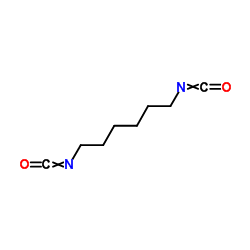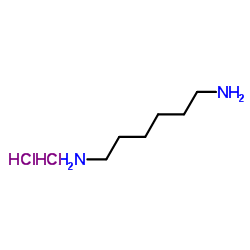| Structure | Name/CAS No. | Articles |
|---|---|---|
 |
2,4-Dinitrotoluene
CAS:121-14-2 |
|
 |
1,6-Hexanediamine
CAS:124-09-4 |
|
 |
1,6-Diisocyanatohexane
CAS:822-06-0 |
|
 |
1,6-Hexanediamine dihydrochloride
CAS:6055-52-3 |